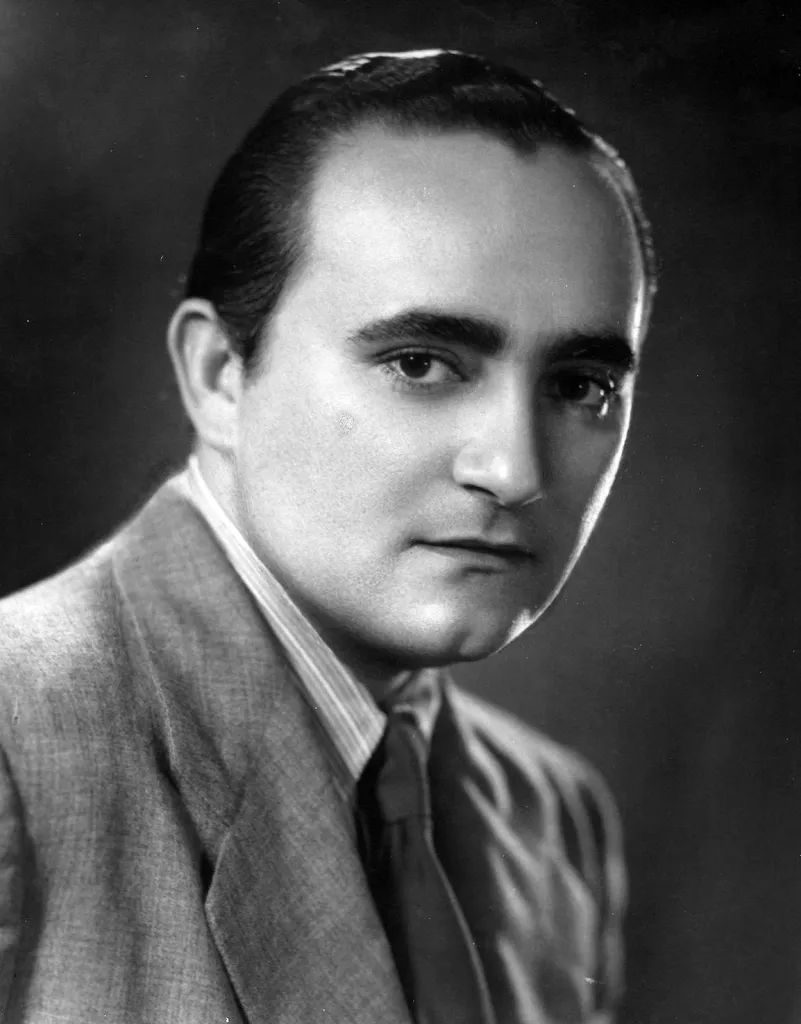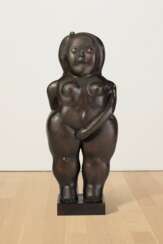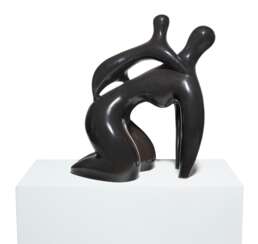
Latin American Art

Wifredo Óscar de la Concepción Lam y Castilla, better known as Wifredo Lam, was a Cuban artist who sought to portray and revive the enduring Afro-Cuban spirit and culture. Inspired by and in contact with some of the most renowned artists of the 20th century, including Pablo Picasso, Henri Matisse, Frida Kahlo and Diego Rivera, Lam melded his influences and created a unique style, which was ultimately characterized by the prominence of hybrid figures. This distinctive visual style of his also influences many artists. Though he was predominantly a painter, he also worked with sculpture, ceramics and printmaking in his later life.

Alejandro Jesús Obregón Rosės was a Colombian painter, muralist, sculptor and engraver.
Obregón is a good example of the abstract Surrealist trend in Latin America.
Color plays a fundamental role in integrating the structures of his design, using geometric forms and expressionism.

Rufino del Carmen Arellanes Tamayo was a Mexican painter of Zapotec heritage, born in Oaxaca de Juárez, Mexico. Tamayo was active in the mid-20th century in Mexico and New York, painting figurative abstraction with surrealist influences.

Diego María de la Concepción Juan Nepomuceno Estanislao de la Rivera y Barrientos Acosta y Rodríguez, more commonly known as Diego Rivera, was a prominent Mexican painter celebrated for his critical role in establishing the Mexican mural movement both nationally and internationally. Born on December 8, 1886, in Guanajuato, Mexico, to a well-to-do family, Rivera was a child prodigy in art, encouraged by his parents from a young age after they noticed his penchant for drawing. This early support included installing chalkboards and canvases on the walls of their home to foster his talent.
Rivera's art was not just limited to murals; he was also a key figure in Mexican Cubism and had a rich body of easel paintings. However, his murals, depicting scenes of Mexican society and reflecting his leftist political views, remain his most notable contributions. Some of his most famous works include "Man at the Crossroads," which stirred controversy due to its inclusion of Lenin, leading to its destruction at the Rockefeller Center in New York. Rivera's murals are scattered across Mexico and the United States, serving as historical documents that highlight his technical skill and deep social engagement.
His personal life was as colorful and tumultuous as his art, marked by multiple marriages, including to fellow artist Frida Kahlo. Their relationship was both passionate and stormy, significantly influencing their respective works. Rivera's legacy extends beyond his artwork; he was a mentor to several artists and left an indelible mark on the art world with his contributions to public art and his political activism. His works have been declared national monuments by the Mexican government, underscoring his pivotal role in the country's cultural heritage.
For collectors and experts in art and antiques, Rivera's works offer not only aesthetic beauty but also deep social and historical insights. If you're passionate about adding a piece of this rich cultural heritage to your collection or staying updated on auction events related to Diego Rivera's art, signing up for updates can provide you with timely information on new sales and exhibitions featuring his masterpieces.

Diego María de la Concepción Juan Nepomuceno Estanislao de la Rivera y Barrientos Acosta y Rodríguez, more commonly known as Diego Rivera, was a prominent Mexican painter celebrated for his critical role in establishing the Mexican mural movement both nationally and internationally. Born on December 8, 1886, in Guanajuato, Mexico, to a well-to-do family, Rivera was a child prodigy in art, encouraged by his parents from a young age after they noticed his penchant for drawing. This early support included installing chalkboards and canvases on the walls of their home to foster his talent.
Rivera's art was not just limited to murals; he was also a key figure in Mexican Cubism and had a rich body of easel paintings. However, his murals, depicting scenes of Mexican society and reflecting his leftist political views, remain his most notable contributions. Some of his most famous works include "Man at the Crossroads," which stirred controversy due to its inclusion of Lenin, leading to its destruction at the Rockefeller Center in New York. Rivera's murals are scattered across Mexico and the United States, serving as historical documents that highlight his technical skill and deep social engagement.
His personal life was as colorful and tumultuous as his art, marked by multiple marriages, including to fellow artist Frida Kahlo. Their relationship was both passionate and stormy, significantly influencing their respective works. Rivera's legacy extends beyond his artwork; he was a mentor to several artists and left an indelible mark on the art world with his contributions to public art and his political activism. His works have been declared national monuments by the Mexican government, underscoring his pivotal role in the country's cultural heritage.
For collectors and experts in art and antiques, Rivera's works offer not only aesthetic beauty but also deep social and historical insights. If you're passionate about adding a piece of this rich cultural heritage to your collection or staying updated on auction events related to Diego Rivera's art, signing up for updates can provide you with timely information on new sales and exhibitions featuring his masterpieces.

Rufino del Carmen Arellanes Tamayo was a Mexican painter of Zapotec heritage, born in Oaxaca de Juárez, Mexico. Tamayo was active in the mid-20th century in Mexico and New York, painting figurative abstraction with surrealist influences.

José Jesús Francisco Zúñiga Chavarría was a Costa Rican-born Mexican artist, known both for his painting and his sculpture. Journalist Fernando González Gortázar lists Zúñiga as one of the 100 most notable Mexicans of the 20th century, while the Encyclopædia Britannica calls him "perhaps the best sculptor" of the Mexican political modern style.

Rufino del Carmen Arellanes Tamayo was a Mexican painter of Zapotec heritage, born in Oaxaca de Juárez, Mexico. Tamayo was active in the mid-20th century in Mexico and New York, painting figurative abstraction with surrealist influences.

Gunther Gerzso was a Mexican painter, designer and director and screenwriter for film and theatre.
Gunther Gerzso was awarded the Guggenheim Fellowship in 1973 and later in 1978 he was the recipient of the Premio Nacional de Bellas Artes.

Ricardo Martínez de Hoyos was a Mexican painter noted for his figurative work on unreal atmospheres. He was one of several children from a very large family to make a mark in his field, along with Oliverio in sculpture and Jorge in acting. His work was exhibited in various parts of the world, featured in collective tours of Mexican art. Individually, he exhibited mostly in Mexico including important venues such as the Museo de Arte Moderno and the Palacio de Bellas Artes, which held a tribute to the artist in 1994. Since his death, a cultural center named after him has been established in the historic center of Mexico City.

Oswaldo Guayasamín is an Ecuadorian painter, muralist and sculptor.
Oswaldo's father was an Indian, and the family was very poor, but the future artist was educated at the School of Fine Arts of Quito. Soon, literally in two years, he created a cycle of 103 paintings dedicated to the life of oppressed Indians in Latin America. Oswaldo Guayasamin also painted portraits of famous contemporaries, including Fidel Castro, whom he admired. He also created murals, frescoes, landscapes, and symbolic images.
The artist's works were exhibited in Paris, Moscow and in Leningrad, among other cities around the world, with amazing success. In 1957, at the Fourth Biennial in São Paulo, he was named the best South American artist.
Guayasamin was also a passionate collector. In 1978, the then famous artist donated to the State of Ecuador some 500 colonial paintings and sculptures, pre-Columbian archaeological sites, Goya and Picasso paintings that he had collected.

Francisco José Narváez was a Venezuelan sculptor and painter who is perhaps best known for "Las Toninas", a sculptural group that decorates the fountain of the Plaza O'Leary in Caracas. His work is characterized by a strong ethnic component and he made extensive use of local materials.































































